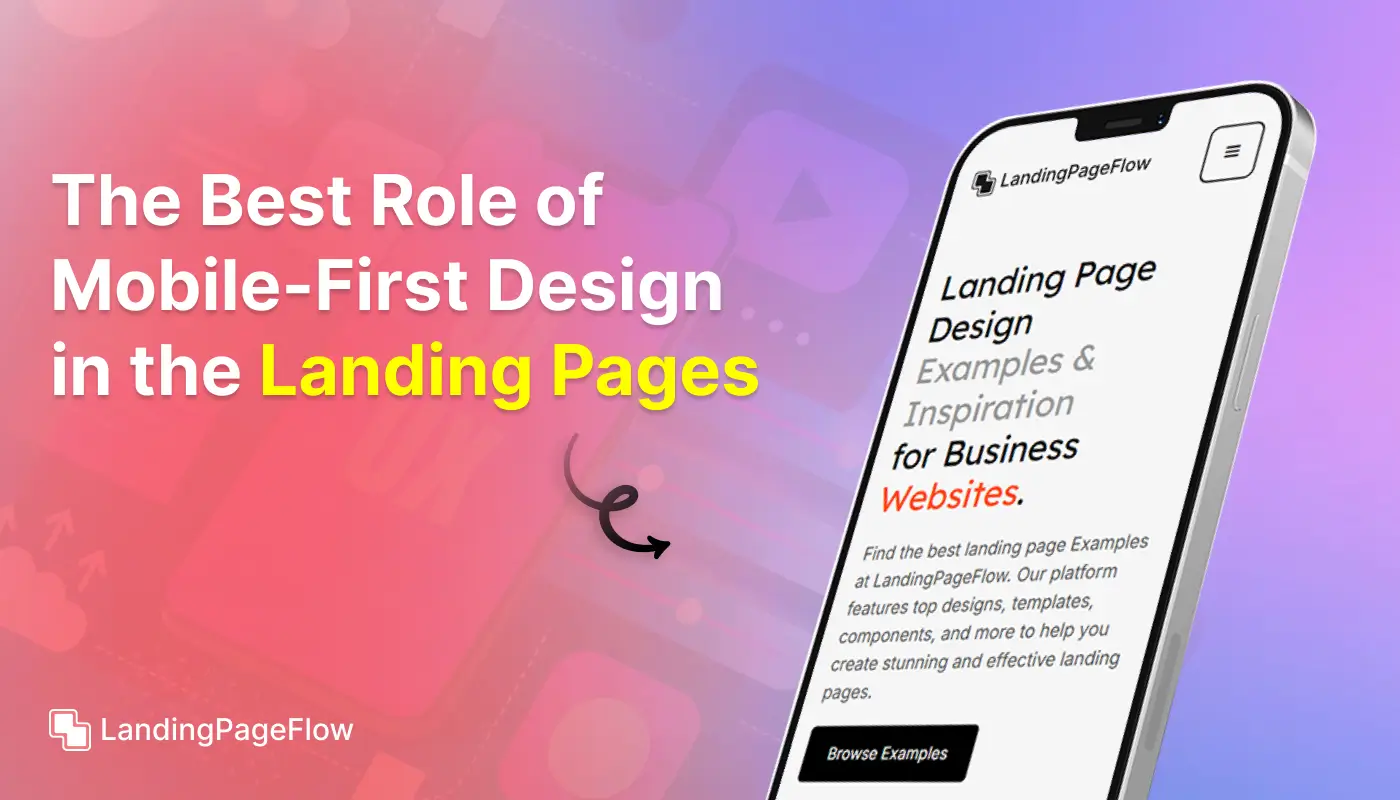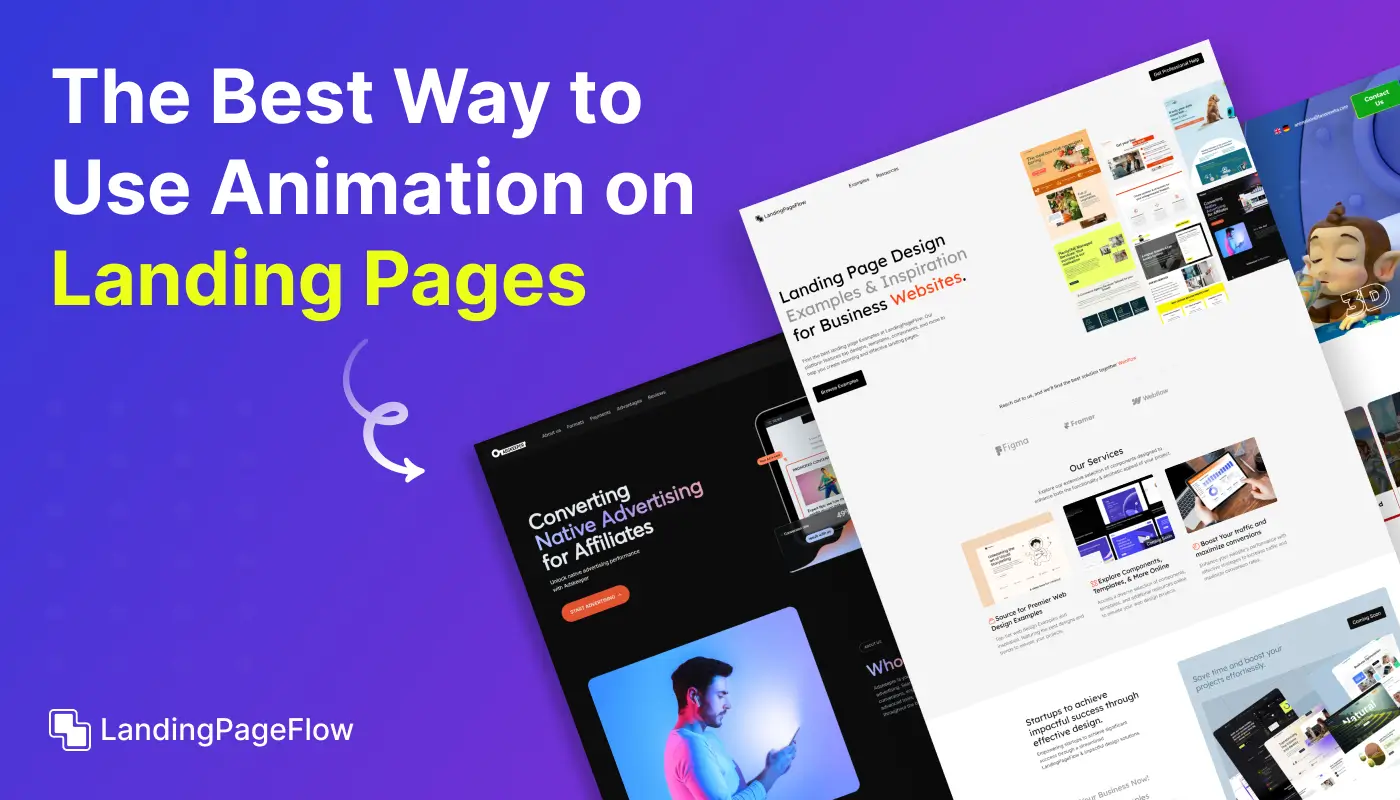How to Build the Ultimate Pre-Launch Landing Page That Drives Results

November 13, 2025
More than simply a brilliant idea is needed to launch a new product; a strong online presence that fosters anticipation and trust is also necessary. A well-crafted pre-launch landing page can serve as your brand’s first impression, capturing attention and turning interest into action.
The right design encourages visitors to sign up early, engage with your content, and share your message before your product even hits the market. Clear headlines, persuasive calls-to-action, and trust-building elements create confidence that helps convert curious visitors into loyal users.
Audience targeting plays a huge role in shaping your page. Tailoring your visuals and messaging to the needs of your potential customers ensures that your message resonates clearly. Social proof, testimonials, and sneak peeks into your offering add credibility while strengthening curiosity.
Timing matters as much as design. Building a landing page before your official launch date creates anticipation, secures leads, and positions your brand for a stronger debut.
The final objective is to blend effective design with compelling storytelling such that your pre-launch marketing produces quantifiable outcomes rather than merely drawing attention.
"Generate early buzz with a high-performing pre-launch landing page template.
Need help fine-tuning your design? Book a free strategy session today."
Table of Contents
- Define Your Goal and Audience
- Craft a Captivating Headline
- Explain the Value with a Clear Value Proposition
- Use an Eye-Catching Design
- Build Anticipation with a Countdown Timer
- Incorporate an Email Capture Form
- Leverage Social Proof and Testimonials
- Use Visuals to Enhance Appeal
- Include a Call-to-Action (CTA) That Converts
- Offer Incentives or Rewards
- Optimize For Mobile Devices
- Test and Refine Your Page
- Promote Your Pre-Launch Landing Page
1. Define Your Goal and Audience

Before diving into the design of your pre-launch landing page, it's essential to clearly define your objective. What do you want to achieve? Do you want to collect email addresses, generate leads, or just build awareness for your upcoming launch? Understanding this goal will inform the entire design process.
Key Questions to Ask:
- What is the primary objective of your pre-launch landing page?
Are you simply building an email list, or are you trying to drive sales even before the launch? - Who is your target audience?
Understanding the demographics, needs, and desires of your target audience will help you craft a message that resonates and drives conversions.
Once you have a clear goal and audience in mind, it will be easier to create a pre-launch landing page that speaks directly to your ideal customers.
2. Craft a Captivating Headline

The headline is the first thing visitors will see when they land on your page. It should instantly communicate the benefit of your product and spark curiosity. A compelling headline should not only grab attention but also provide enough context for your visitors to understand the value you are offering.
Characteristics of an Effective Headline:
- Clear and direct: It should quickly explain what your product is and how it will benefit the visitor.
- Benefit-driven: Focus on the outcome the visitor will experience after using your product.
- Curiosity-inducing: Leave visitors wanting to learn more.
Examples of Great Pre-Launch Headlines:
- “Coming Soon: The Future of [Solution] Is Almost Here!”
- “Revolutionize Your [Industry/Process] with [Product Name] – Launching Soon!”
- “Be the First to Experience [Product Name] – Join the Waitlist Today!”
3. Explain the Value with a Clear Value Proposition

The value proposition is the core message of your landing page. It’s where you define the problem your product solves and how it uniquely addresses that problem. The value proposition should directly appeal to your audience’s needs and desires.
Tips for a Strong Value Proposition:
- Be concise: You want visitors to immediately understand what makes your product or service unique.
- Focus on the benefits: Make it clear how your product will improve their life or solve a specific problem.
- Highlight your unique selling points (USPs): What makes your offering better than the competition? Is it faster, more affordable, or more innovative?
For example, if you're launching a new fitness app, your value proposition might be:
“Achieve Your Fitness Goals Faster with Our AI-Powered Workout Plans – Personalized Just for You.”
4. Use an Eye-Catching Design

The design of your landing page should be visually appealing but also functional. The goal is to create a layout that is easy to navigate while focusing on the most important elements. Visitors should be able to quickly grasp your message and know what action to take next.
Design Best Practices:
- Minimalist and clean layout: Avoid clutter. A simple, streamlined design will keep visitors focused on your key messages.
- Brand consistency: Use colors, fonts, and images that align with your brand identity.
- Focal points: Highlight key information using contrasting colors, larger text, or bold elements to draw attention to CTAs and other important sections.
5. Build Anticipation with a Countdown Timer

A countdown timer is an effective way to create a sense of urgency. It shows visitors exactly how much time is left until the product goes live, encouraging them to act quickly.
How to Use a Countdown Timer Effectively:
- Place it prominently: Make sure the timer is visible above the fold (the part of the page visitors see before scrolling).
- Create urgency: Let visitors know that time is running out to get exclusive access or benefits.
- Appeal to FOMO: People don’t want to miss out. A countdown timer capitalizes on this fear, driving them to take action sooner.
6. Incorporate an Email Capture Form

One of the main goals of a pre-launch landing page is to collect leads. The best way to do this is by offering an email capture form where visitors can sign up for updates or exclusive access.
Best Practices for Email Capture:
- Keep the form short: Don’t ask for too much information. Name and email address are usually sufficient at this stage.
- Offer value in exchange for their information: Tell visitors what they’ll receive by signing up, such as early access, discounts, or exclusive content.
- Clearly display privacy information: Assure visitors that their email will be kept confidential and not shared with third parties.
7. Leverage Social Proof and Testimonials

Social proof builds trust and credibility. If you have beta testers, early adopters, or influencers involved in your product, showcase their positive feedback. Even a small amount of social proof can significantly improve conversion rates.
Ways to Leverage Social Proof:
- Testimonials: Feature quotes or feedback from early users, influencers, or people in your industry.
- Waitlist numbers: Highlight how many people have already signed up or joined your waitlist.
- Media mentions: If your product has been featured in the media or received any press coverage, make sure to highlight it.
8. Use Visuals to Enhance Appeal

A pre-launch landing page that includes images, videos, or animations can be far more engaging than a text-heavy page. The right visuals help visitors visualize the product and get excited about what’s to come.
Types of Visuals to Include:
- Mockups or product images: If possible, show your product in action to give visitors a sneak peek.
- Teaser videos: Create short video clips to showcase your product's key features or benefits.
- Infographics: If your product solves a complicated problem, use simple graphics to explain how it works.
9. Include a Call-to-Action (CTA) That Converts
.webp)
The CTA is one of the most important elements of your landing page. A strong, clear CTA tells visitors exactly what they need to do next.
Tips for a Compelling CTA:
- Be clear and actionable: Use action words like “Join,” “Sign Up,” or “Get Early Access.”
- Place the CTA in multiple spots: Ensure the CTA is visible above the fold and again at the bottom of the page or after compelling content.
- Make it stand out: Use a button with contrasting colors and large text to draw attention.
10. Offer Incentives or Rewards

To entice visitors to take action, offer something of value in return. This could be a special discount, early access, or exclusive content available only to those who sign up.
Examples of Incentives:
- “Get 20% off when you join the waitlist today.”
- “Sign up now for exclusive early access to our product.”
- “Join the waitlist and receive a free bonus gift!”
11. Optimize For Mobile Devices

With an increasing number of visitors accessing websites through smartphones and tablets, your pre-launch landing page must be optimized for mobile devices.
Mobile Optimization Tips:
- Responsive design: Ensure your landing page adapts to any screen size.
- Fast load time: Mobile users expect fast-loading pages, so optimize images and reduce unnecessary elements.
- Touch-friendly buttons: Make sure CTAs are large enough to tap easily on small screens.
12. Test and Refine Your Page

Once your landing page is live, continually test and refine it to improve conversion rates. A/B testing is essential in determining which elements work best for your audience.
Metrics to Track:
- Conversion rate: The percentage of visitors who sign up for the waitlist or take the desired action.
- Bounce rate: The percentage of visitors who leave without interacting with the page.
- Time on page: How long visitors stay on your page, which can indicate engagement.
13. Promote Your Pre-Launch Landing Page

Once your page is live, it's time to spread the word. Use various marketing channels to promote your landing page and drive traffic to it.
Promotion Channels:
- Email campaigns: Leverage your existing email list to let people know about the pre-launch.
- Social media: Share sneak peeks, behind-the-scenes content, and announcements on platforms like Instagram, Twitter, and LinkedIn.
- Paid ads: Use targeted ads on Google, Facebook, or Instagram to reach your ideal audience.
- Influencer marketing: Partner with influencers in your niche to amplify your message.
Conclusion
A pre-launch landing page is more than a placeholder; it’s a tool for building momentum that carries over into launch day and beyond. By focusing on strong design, clear messaging, and compelling offers, you create an environment where visitors feel confident in signing up early.
Engagement begins when your brand shows authority and trust through every element of the page. Personalized messaging, engaging visuals, and transparent value propositions all reinforce credibility.
Momentum grows when early adopters spread the word, strengthening brand visibility before your product even launches. Leads generated at this stage often become long-term customers.
Converting attention into loyalty requires consistency and clear communication, ensuring your audience understands both your vision and the benefits of your solution.
In addition to preparing for launch, an effective pre-launch plan builds a long-lasting pipeline of interest that propels growth even after the product launches.

FAQ
1. Why is a pre-launch landing page important?
A pre-launch landing page builds excitement, captures leads, and creates awareness before your product or service officially launches.
2. What should a pre-launch landing page include?
It should feature a clear headline, compelling CTA, visuals, social proof, and signup forms to gather emails and build your audience early.
3. How can I make my pre-launch page convert better?
Use persuasive copy, targeted messaging, limited-time offers, and mobile-friendly design to maximize conversions.
4. Should I run ads for my pre-launch landing page?
Yes, targeted ads help drive traffic to your page, allowing you to build a qualified email list and test messaging before the full launch.
5. How early should I publish a pre-launch landing page?
Ideally, your page should go live 4–8 weeks before launch, giving enough time to generate buzz and gather meaningful leads.
6. Can I reuse my pre-launch landing page after launch?
Yes, you can repurpose it into a product or sales page by updating the messaging, visuals, and CTA to match your live offering.



















